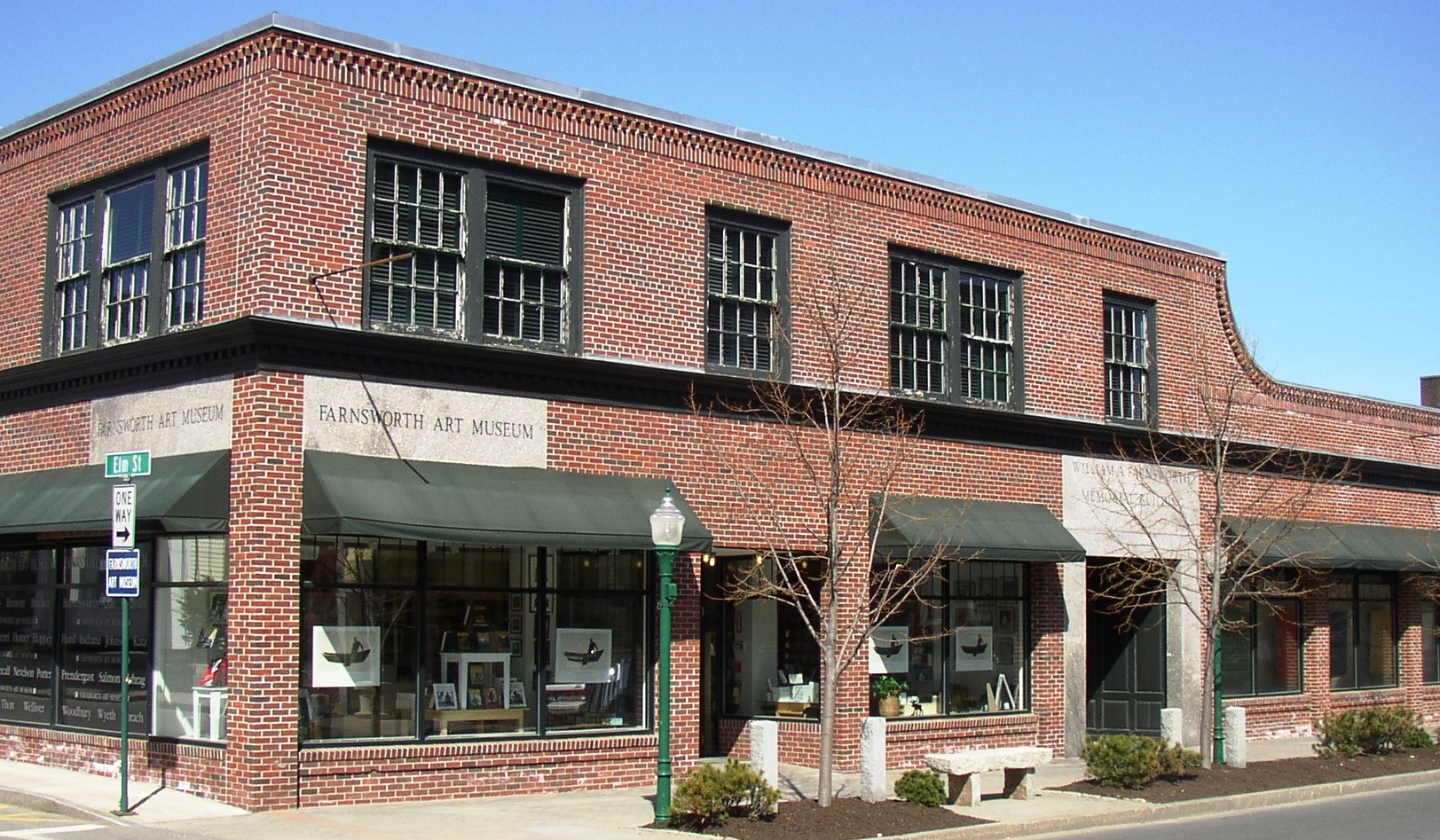Apr 30 2016 - Mar 19 2017
Rockland, ME
The dories of mid-coast Maine were descended from the lap-strake wherries common in 18th Century Colonial New England waters. These working small craft were the primary source of local transportation for subsistence farmers and fishermen in the mid-coast during a time when highways did not exist. Light, flat bottomed and round sided they were easily hauled up on a beach and remained upright while being loaded or unloaded. They were easily rowed by one person from either a sitting or standing position and could carry hundreds of pounds of fish or freight. By the early 1920’s most dories had all but disappeared along the coast.
Andrew Wyeth was a young boy when he and his family first began summering in Maine in the mid 1920’s. While the Wyeth’s house, “Eight Bells” named after the Winslow Homer painting, was being restored the family stayed at the Wawenock Hotel in Port Clyde. During these summers, Andrew developed a friendship with two brothers, Douglas and Walter Anderson, sons of the cook at the hotel.
Andrew and Walt became inseparable and together they spent time exploring the coast and nearby islands where Andrew was able to observe local fishermen at work...fishing, lobstering, and clamming. Andrew continued to use his dory as he explored the coast and islands and traveled the St. George River long after he and Betsy were married in 1940. Many of Andrew’s watercolor and tempera paintings completed over a span of fifty years featured the dory. The paintings in this exhibition capture the artist’s understanding and appreciation of the dory and help document an important part of coastal Maine history.
Credit: Exhibition overview from museum website.
Exhibition Venues & Dates
Apr 30 2016 - Mar 19 2017
Rockland, ME
